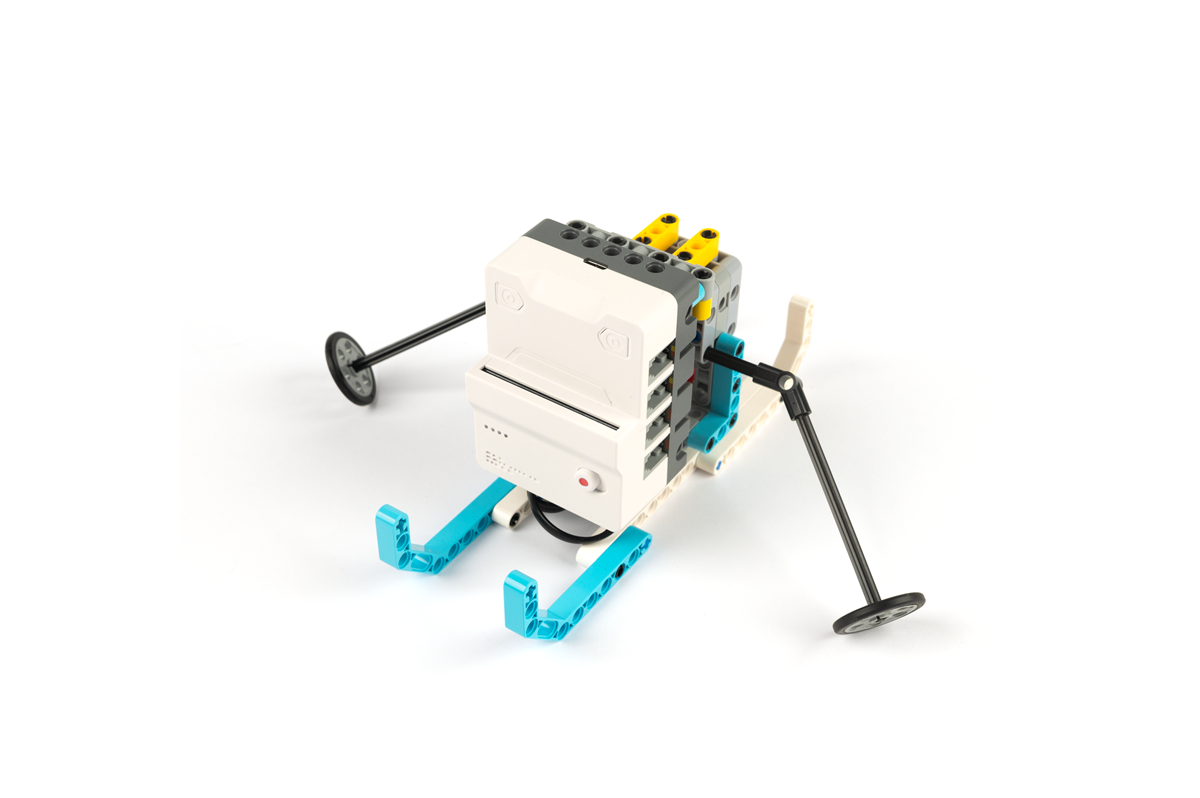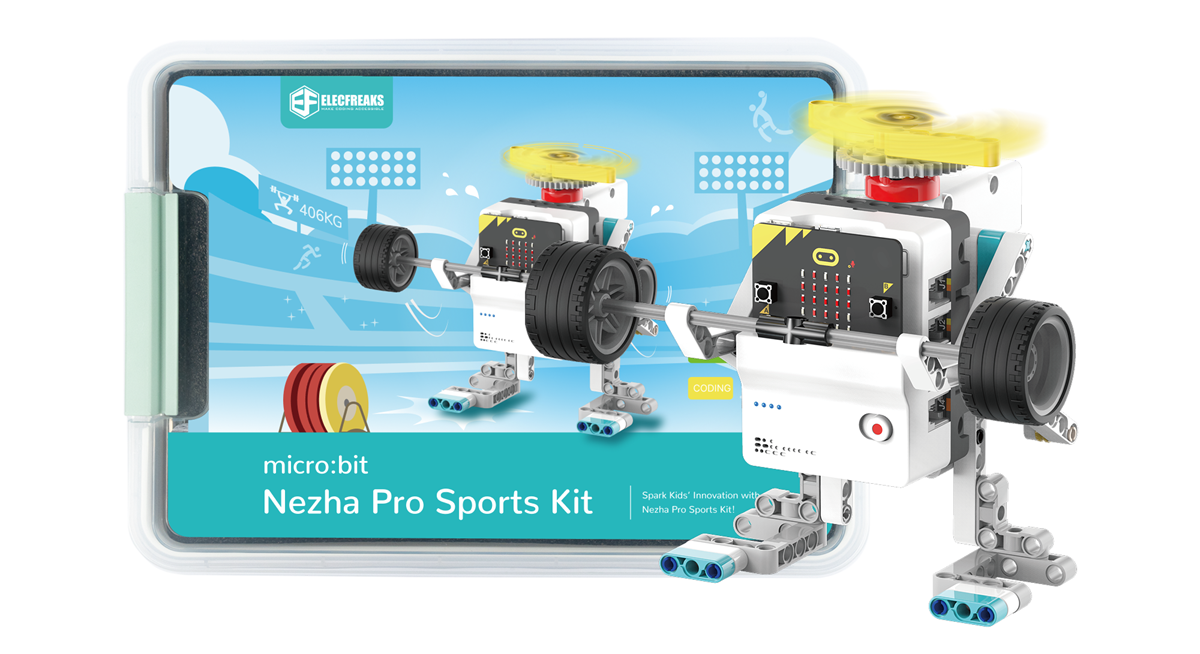Design a rowing robot and learn about the characteristics and construction methods of worm gears.
Understand the characteristics of worm gears.
Cultivate hands-on skills and problem-solving skills.
Stimulate interest in engineering and robotics.
Welcome children to join our wonderful STEAM journey! Today, we will explore how to make a rowing robot without programming. The core of this project is to use the clever application of worm gear structure. In this project, we will learn basic mechanical design principles and understand how to control the movement of the robot through simple mechanical transmission. You can create a rowing robot without complex programming knowledge, just assembly and adjustment. Let's start this exciting STEAM learning journey together to stimulate your creativity and problem-solving skills!
What are the characteristics of worm gears?
How efficient is the worm gear structure?

